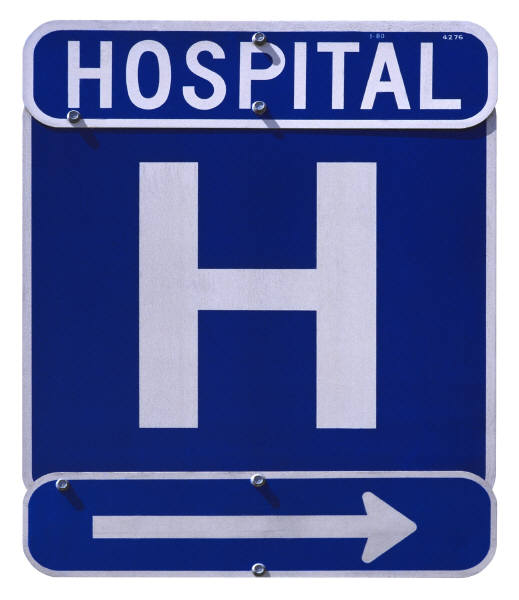
Most of the time, patients who have advance directives — somewhere — and don’t bring them to the hospital have simply left them at home. But lawyers’ offices and safe deposit boxes are also popular locations. All of which are useless if a person can’t direct his own care, or if family members are at odds, or they are rummaging through drawers and files looking for the paperwork while the ER staff stands by.
When you get a flat tire, having a tire jack can save the day. But only when you bring it with you. A tire jack doesn’t do any good if you don’t have it with you when you need it. The same notion applies to your Advance Healthcare Directive. You or your loved ones really need to ensure that the advance healthcare directive is handy at all times, since it does absolutely no good sitting on the shelf or in the safe.
The frustration of a directive left behind when it was needed is shared by family members and medical staff alike. In fact, this subject was discussed in the New Old Age Blog in a recent article titled “Where’s That Advance Care Directive?”.
An advance healthcare directive exists to serve an important purpose. Unfortunately, the loved one appointed to make decisions cannot make them until the document is recovered or replaced, assuming the patient has the capacity to do so. In the meantime, everyone is left in the lurch and the very things you may have planned to avoid begin to fall into place against your wishes all the same.
How do you avoid this? For starters, ensure that you or a loved one keeps the document handy at all times. In addition, provide a copy to each of your physicians and request that it be maintained in your official medical records. Failing that, the important people in your life should know where to get it or whom to ask for a copy. For example, your estate planning attorney should have a hard copy in your client file.
Reference: The New York Times – The New Old Age (October 17, 2013) “Where’s That Advance Care Directive?”











